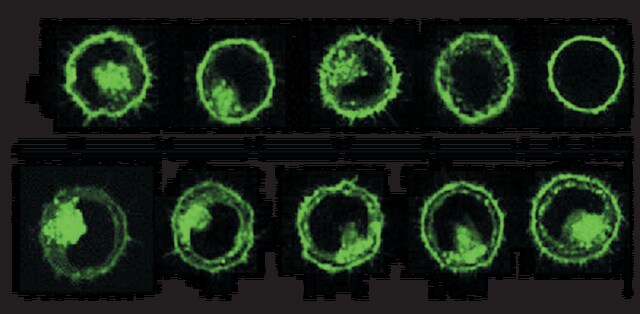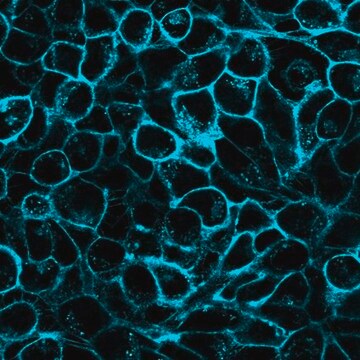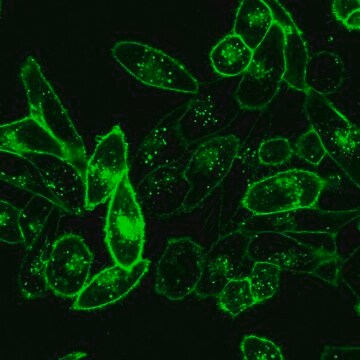CGLDIL
Diluent C for General Membrane Labeling
Distributed for Phanos Technologies
Synonym(s):
PKH diluent
About This Item
Recommended Products
Quality Level
form
liquid
storage condition
dry at room temperature
technique(s)
flow cytometry: suitable
application(s)
cell analysis
detection
detection method
fluorometric
shipped in
ambient
Application
Linkage
Legal Information
Kit Components Only
- Diluent C 6 vial(s)
Certificates of Analysis (COA)
Search for Certificates of Analysis (COA) by entering the products Lot/Batch Number. Lot and Batch Numbers can be found on a product’s label following the words ‘Lot’ or ‘Batch’.
Already Own This Product?
Find documentation for the products that you have recently purchased in the Document Library.
Customers Also Viewed
Articles
A video about how you can use fluorescent cell tracking dyes in combination with flow and image cytometry to study interactions and fates of different cell types in vitro and in vivo.
PKH and CellVue® Fluorescent Cell Linker Kits provide fluorescent labeling of live cells over an extended period of time, with no apparent toxic effects.
Our team of scientists has experience in all areas of research including Life Science, Material Science, Chemical Synthesis, Chromatography, Analytical and many others.
Contact Technical Service














